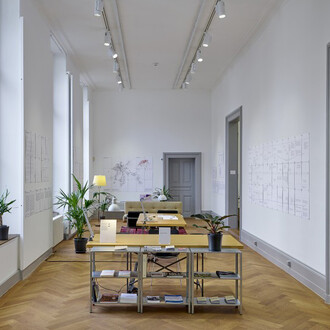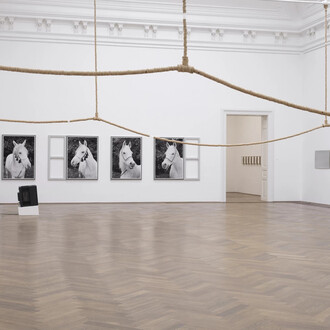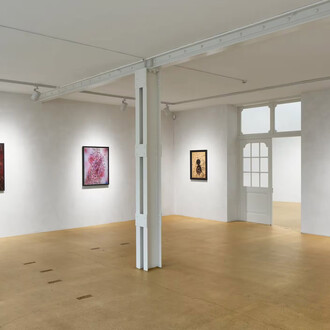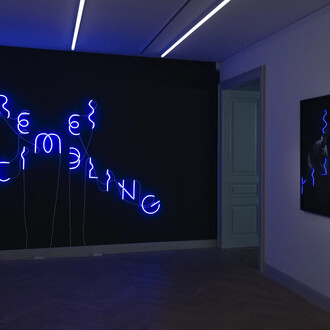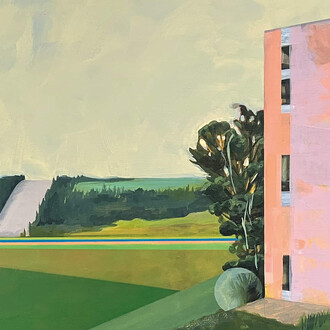Christian Friedrich Gille derives from a 19th century tradition of landscape painting in Dresden, which was influenced by Caspar David Friedrich and his environment. In the context of romantic landscape painting, Gille took up his artistic work and completed his apprenticeship with Johan Christian Clausen Dahl in 1827-30, of whom he was one of the most important pupils.
Throughout his oeuvre, which was created during a remarkably long lifetime, Gille remained true to his independent and unconventional style of painting: a large part of his artistic work was landscape studies and sketches, which were created on site in nature. It is precisely these small-format pictorial inventions that surprise us with an almost impressionist manner, an idiosyncratic and unconventional point of view, and a painterly vehemence.
Gilles's work of study comprises many hundreds of works that received little attention during his lifetime; his fragmentary gaze and the character of his oil studies had little in common with the pictorial language of his time. It seems all the more remarkable that, despite his lack of success, he pursued his artistic career tirelessly. In contrast to his contemporaries, he did not see his studies and sketches created in nature as preparatory works for larger, composed paintings, but rather painted them for their own sake.
What makes his landscape studies so important from an art-historical point of view is the innovative aesthetic attitude from which they emerged. It is the striving to capture the quickly transient of an optical impression with a rapid brush.
It is not known whether Gille dealt with the emerging medium of photography. Nevertheless, in addition to Gille's paintings, the exhibition brings together selected historical photographs from the collection of Peter and Ruth Herzog/Fondation Herzog. Photographs, fragments also detached from nature, and remarkable pictorial inventions that draw modern attention to themselves through their peculiarity.










